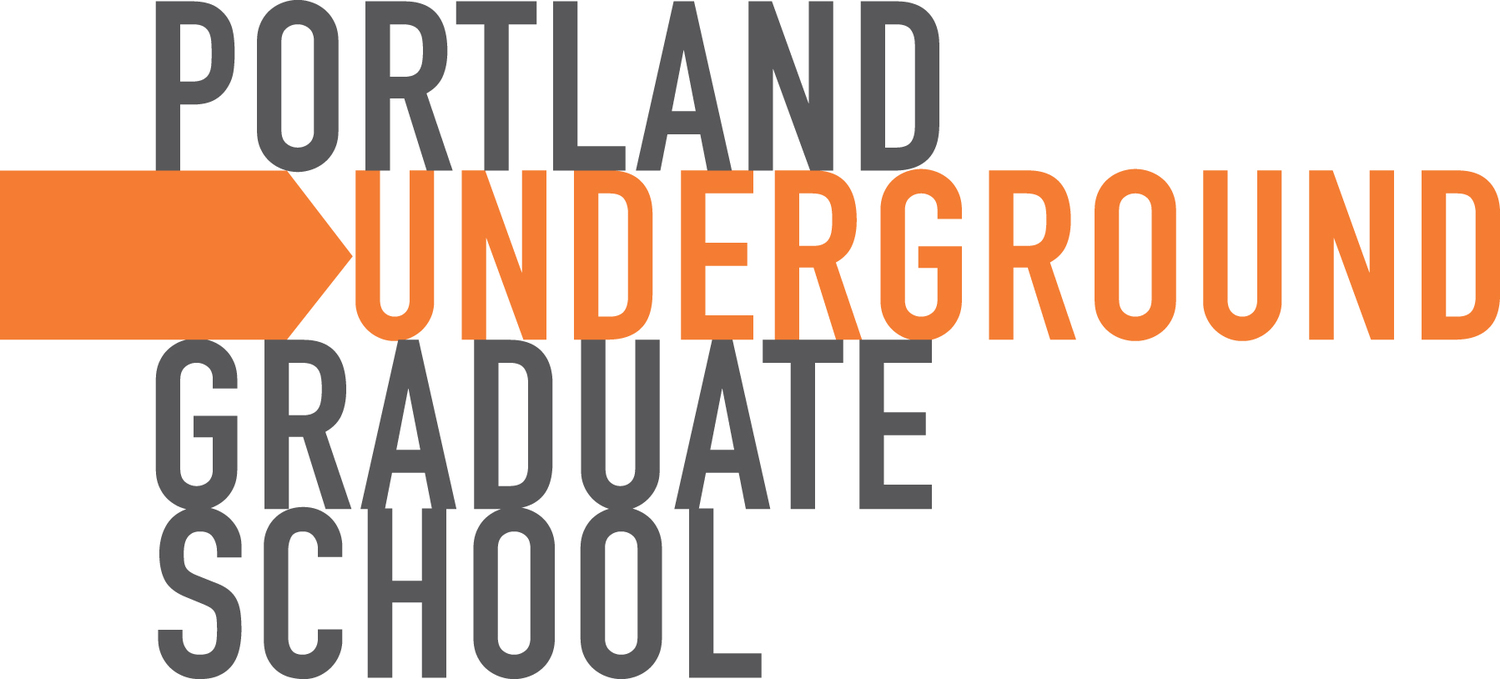Environmental Justice in Portland (February 2018)
Environmental Justice in Portland (February 2018)
How To Make Our City More Equitable and Livable
We live in one of the most rapidly gentrifying cities in America. Our housing costs continue to skyrocket. How did we get here—which communities benefited, and which were decimated—and what does our history tell us about our future? In this course, we'll become more equipped to bring environmental justice to Portland.
Date: Wednesdays, February 7, 21, 28, and March 7 (no class 2/14)
Time: 6:30pm-8pm
Location: SE Uplift || 3534 SE Main St
$197, individual rate. $297, organization rate. Space limited to 20 students. Scholarships available.
NOTE: If you are using company funds to pay for your registration, please sign up at the organization rate.
Who gets to live where, and why? Is it personal choice and preference alone? For many Portlanders, how we experience our environment is rooted in social, economic, and racial forces we had no part in creating. Laws, policies, social contexts, and decisions around land use continue to shape the Rose City in ways that perpetuate inequity.
We can do better. By developing and applying a lens that acknowledges the interconnected nature of individual identity and experience with the built environment, we can participate more meaningfully in Portland civic life and foster environmental justice in our city.
Week 1: Developing an Environmental Justice Lens. In our first week, we'll go over a primer to the environmental justice movement and how to think intersectionally with regards to the built environment.
Week 2: The Waiting Room. The story of Albina, Legacy Hospital, and what has caused this neighborhood to be one of the most rapidly gentrifying areas in the entire country.
Week 3: A Highway Runs Through It. What was once a separate town is now one of the largest neighborhoods in Portland—and it's split by a highway. What does this mean for that community, and what does it mean in the larger context of environmental justice?
Week 4: Did We Learn Our Lesson? What comes next for the environmental justice movement in Portland, and what can we do now?
Vivian Satterfield is a community organizer, social movement builder, and policy wonk. She is currently the deputy director of OPAL Environmental Justice Oregon, working at the intersection of transportation, housing, and health.


